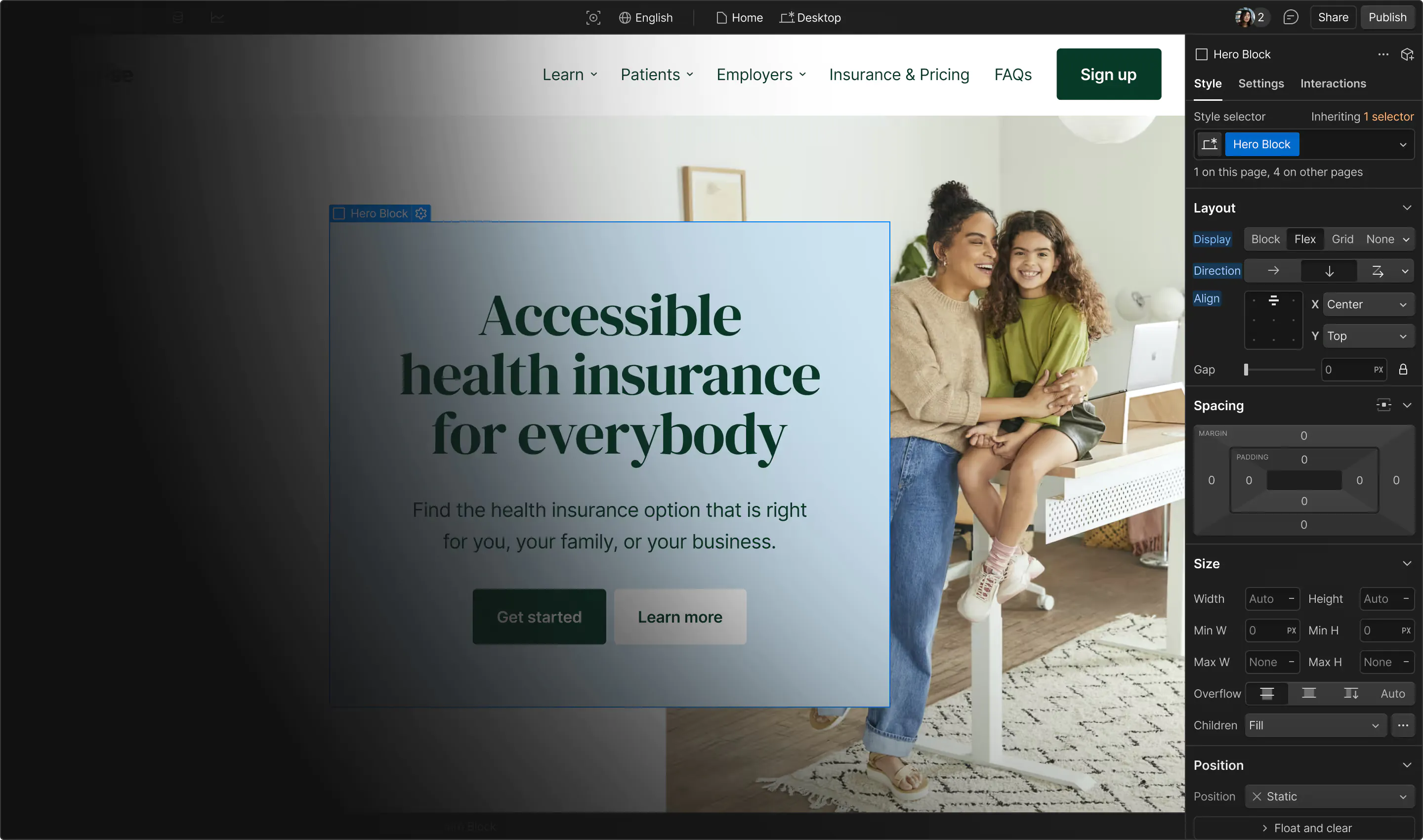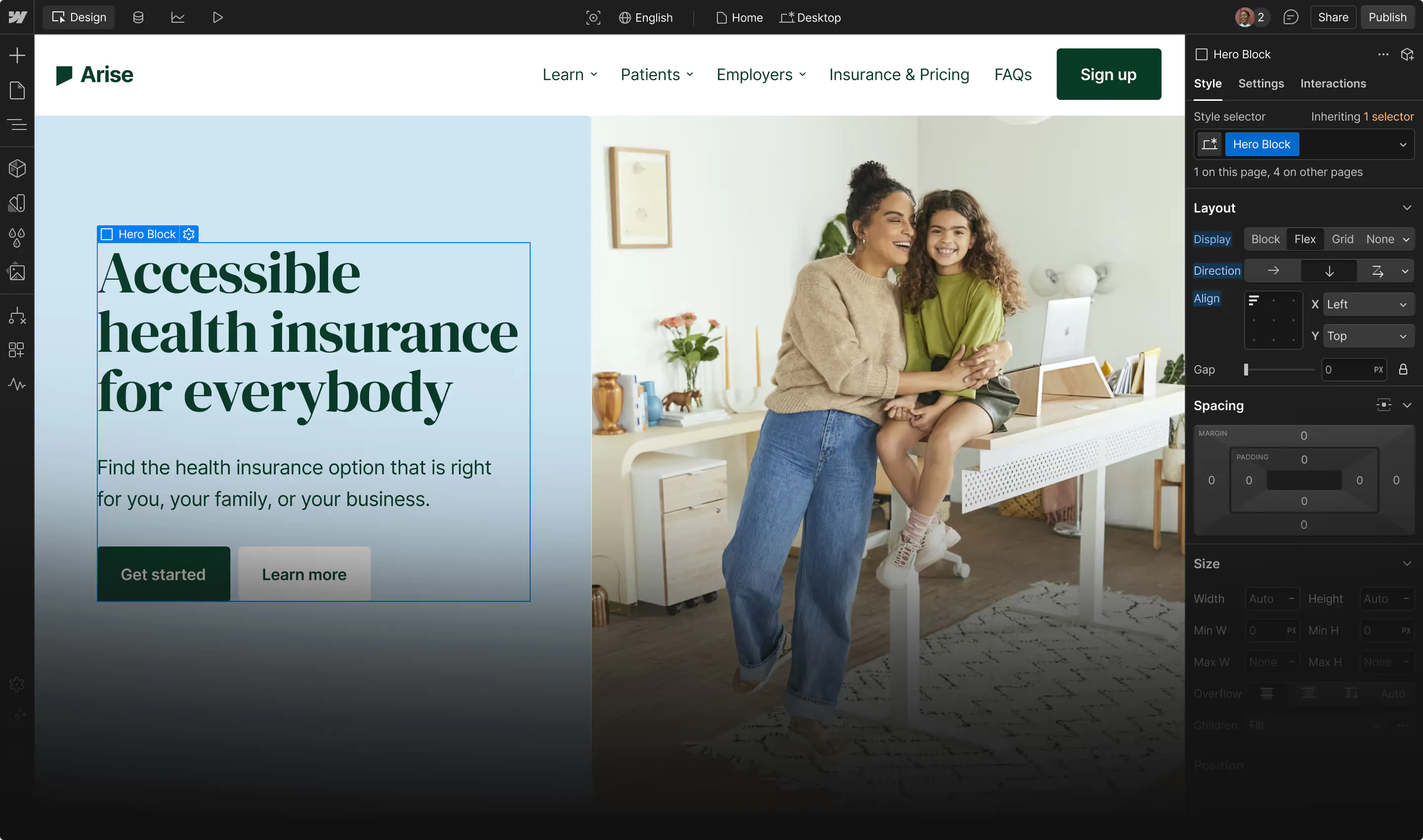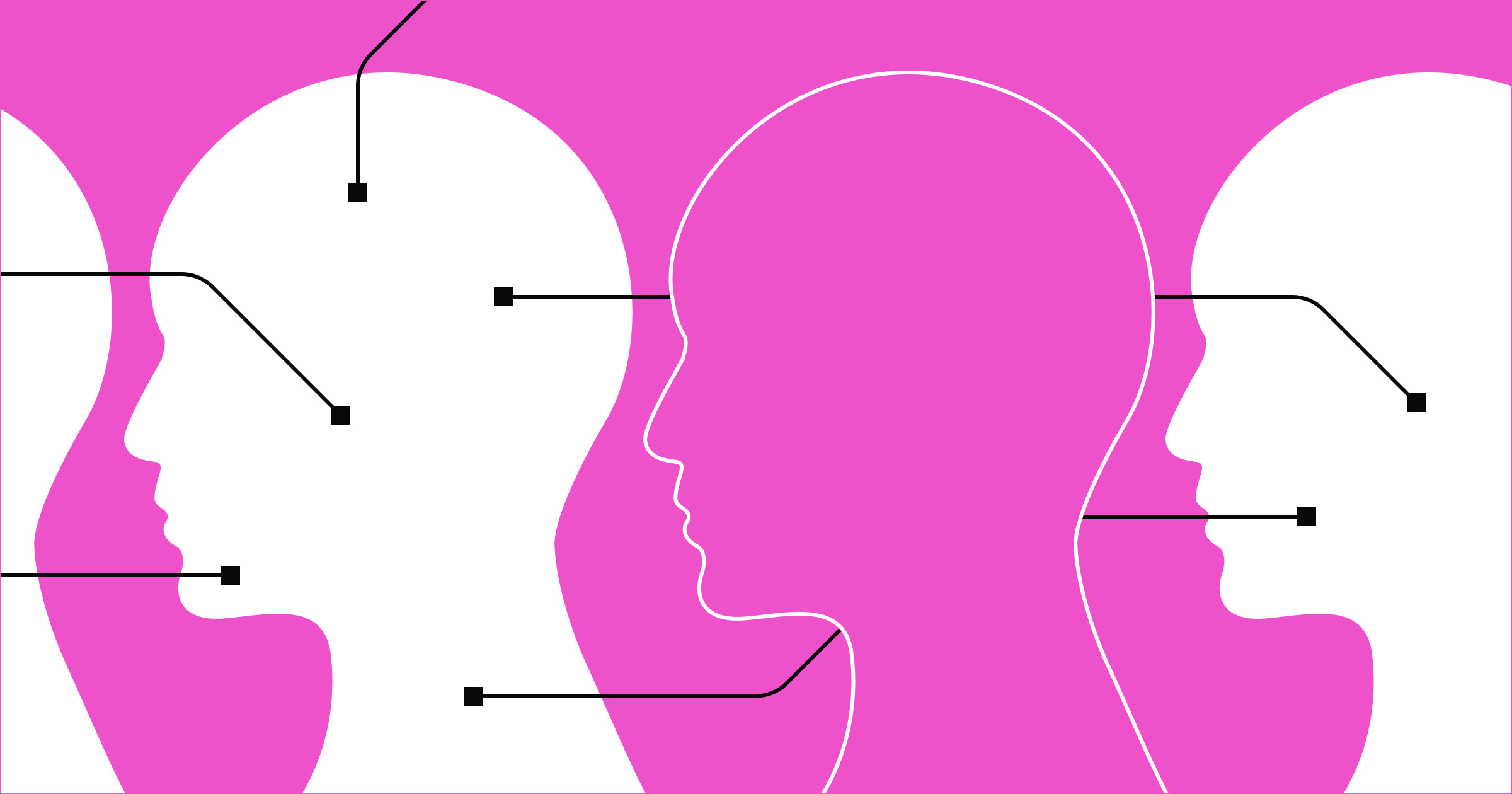Personas use characters to portray realistic customers in your user base.
To understand why target audiences might purchase a product or subscribe to a service, you need to learn about their motivations, behavior patterns, and frustrations. User experience (UX) personas put all these details in one place and allow you to visualize real people using your product. With this insight, you can fine-tune your designs to ensure they resonate with clients.
Read on to learn how user personas improve design and marketing efforts.
What’s a UX persona, and why do you need one?
A UX persona is a highly detailed fictional character that represents target users’ goals, pain points, and purchasing considerations.
When developing a new product or service, companies often ask researchers to create UX personas based on target customer data. These personas act as a blueprint for designers and help them to create products that resonate with potential buyers. Similarly, marketers can use this research to aim their advertising campaigns toward the right audience.
Say a bank wants to target teenagers opening their first bank accounts. In this case:
- Researchers analyze teens’ employment trends, income levels, and spending habits to build a realistic UX persona.
- Designers craft a user-friendly app that allows teenagers to conveniently manage their accounts on their mobile devices, catering to their preference for online transactions.
- Marketers promote special incentives for new account holders through social media campaigns to reach potential users on their favorite platforms.
With a detailed customer persona, the entire team can better empathize with target users, leading to more conversions.
What details should a UX persona include?
Strong UX personas rely on user research, which typically falls into two categories: demographics and psychographics. Creating a detailed, realistic persona requires both types of information:
Demographics are physical or cultural facts that describe a person’s surface-level characteristics. Here are a few demographic traits you might include in a UX persona:
- Name. Giving a persona a name turns them into a person rather than a list of characteristics.
- Photograph. Putting a face to the name helps you visualize the person interacting with your product. Typically, you’d use stock photos for this.
- Age, nationality, and gender. Basing these details on a real audience positions personas firmly within a specific cultural demographic and guides marketing choices like music, language preferences, and overall themes.
- Socioeconomic status. Understanding a persona’s socioeconomic status helps you imagine how users will interact with your products or services. For example, high-income users might prioritize luxury or convenience, while lower-income users might focus more on affordability and practicality.
- Place of residence. Targeting specific regions allows you to meet users’ needs. For instance, someone in Arizona is more likely to need an AC unit than someone living in Alaska.
Psychographics cover individual interests, activities, opinions, and lifestyles rather than concrete statistics like age or income. When crafting UX personas, consider the following psychographic elements:
- A brief biography. A backstory brings characters to life by adding valuable context like their hobbies and needs. This nuance makes personas feel more like real people, allowing you to empathize with potential customers and create better tailored designs.
- Goals and obstacles. Ambitions and obstacles inform a character’s motivations for engaging with a product. Understanding this can inspire innovative product designs or ad campaigns.
- Values. Belief systems show you what marketing efforts to prioritize because you’ll understand what resonates with users most strongly. For example, environmentally conscious users might prefer sustainable products or eco-friendly packaging.



















The marketer's guide to personalization
Discover how to create personalized website experiences that meet buyers’ expectations in this ebook.
3 types of UX personas
Here are three different types of customer personas you can create depending on how much research data you have.
1. Protopersonas
A protopersona is a surface-level UX persona based on assumptions about your target audience. It creates a baseline for who you think your customers are. This persona is most useful at the beginning stages of the design and marketing process because this basic character sketch can drive initial decisions before you have clear data. But as soon as you complete more user research, you should update this outline with more accurate information.
2. Qualitative personas
Qualitative personas use small-scale user research methods like user interviews to inform characteristics like economic status, employment, and psychographic details. When you get this information from real people, your buyer persona more accurately reflects your target audience.
3. Statistical personas
A statistical persona is the most in-depth type of persona because it combines qualitative data like user interviews with quantitative data like extensive surveys. The goal is to gain key emotional information from qualitative research and confirm or invalidate it using quantitative data.
For example, you might interview users to discover their shared goals and frustrations. Then, you can send out a survey to a broader audience that asks if they struggle with the same issues, like “What’s your level of satisfaction with Y?” If the survey results don’t match the interview responses, you’ll want to talk to a new batch of users to validate your new findings. Balancing these two approaches leads to a more accurate persona because the research ensures you use genuinely common themes to create characters.
How to create a UX persona: 4 steps
Depending on how deeply you want to understand your target audience, the steps to build a UX persona will differ slightly. But here’s a basic outline to help you get started.
1. Gather user research
Start by collecting existing research about your user base. Check research sites like Statista for industry-related studies, and look for crucial data points like social media habits, employment status, and average education level. If you’re creating more detailed personas, conduct your own research through interviews and surveys.
Record everything you find and assemble your sources in a central database like a whiteboard or spreadsheet. Then, label all the common themes you discover in the data.
2. Determine the number of personas you need
Create multiple UX personas — with just one, you risk making overly simplistic choices that only serve a sliver of your user base. With a few, you have more information you can use to triangulate your choices.
When deciding how many personas to create, consider how diverse your audience is and how they may interact with your brand. For example, a global business like Amazon has a vast customer base with a wide variety of needs, so they will require more personas than a local coffee shop.
3. Define your UX personas
Fill out the persona with the traits listed above, such as demographics and psychographics. Combine these details into logical backstories that give personas realistic characteristics.
Here’s a UX persona example:
| Research | Backstory |
|---|---|
| Alex is a 27-year-old freelance web designer who struggles with organization. He often reports inaccurate billing hours to clients and has to reissue edited invoices. Clients have expressed frustration with this, and a few have left negative reviews on his website. Alex is looking for an easy, fast, and accurate way to track his time so he can bill clients appropriately. |
4. Share and implement your UX personas
Share the fleshed-out user personas with team members, and ask them to suggest more details you could add. Then, publish the personas in a shared team folder where everyone can review them regularly.
Whenever you or your peers need to make a marketing or design decision, read through the user personas again and ask these questions:
- How can I help this person achieve their goals?
- What would relieve their pain points?
- How would this product improve their life?
- What value propositions would this customer be interested in?
- Where will this person most likely see advertisements?
What defines an effective user persona?
A user persona’s efficacy largely depends on its detail. As you’re defining personas, consider how to incorporate the following traits into them:
- Individuality. Like real people, a detailed buyer persona is a distinct combination of motivations, goals, and frustrations that define them.
- Real data. As much as possible, back up every characteristic you include with data from user research. Accurately portraying your audience shows you more ways to interact with them.
- Behavior and needs. To target these characters’ needs, it’s important to understand how they would respond to situations and what motivates them to engage.
Most importantly, sound user personas are free from biases. Don’t fall for cultural stereotypes when creating user personas, even if the data seems to suggest them. Relying on stereotypes can lead to offensive or inaccurate branding that won’t connect with your audience.
One way to mitigate bias is to scrub demographics out of your research at first. Start by examining and defining psychographics, then come back and assess demographic commonalities later.
Empowering design teams with Webflow
Relying on user personas unites cross-functional teams’ efforts by allowing them to understand and meet customer needs. Whether you’re creating website designs or marketing materials, you can focus your efforts on the right customer base.
To reach your target audience, rely on Webflow’s powerful suite of tools, like search engine optimization (SEO) controls and localization. And once you understand visitor preferences, use Webflow's flexible content management features to make user-driven website updates.
Connect with your customers with Webflow.

Build with Webflow
Webflow Enterprise gives your teams the power to build, ship, and manage sites collaboratively at scale.































